As a coach, I hear so often that clients feel frazzled, burnt-out and unfulfilled. They want rest, connection and wellness, but their calendars are full and they won’t let themselves slow down. Why? Somewhere along the line, the world has told them that their worth is based on their value-added. They’ve been told that when they’re overwhelmed, they need to learn to work harder and be more efficient, not slow down and focus on what is essential.
How do I know? Because I heard these same messages tethering worth to productivity, and in an effort to feel worthy (of love, respect, admiration), I obeyed. This article explores my journey of moving from proving and producing to accepting my God-given worth – even in stillness.
AN IMPORTANT ASSIGNMENT
Years ago, I had a counselor give me a very simple task:
Jill: When you get home, I’d like you to sit in a chair for ten minutes.
Me: Sure! So what am I doing while I’m in the chair?
Jill: Nothing. You’re just sitting in the chair.
Me: Okay. I can do that. So should I meditate while I sit there?
Jill: No. Just sit.
Me: Alright. What should I be thinking about?
Jill: There’s no other assignment – just sit.
I dutifully completed the assignment, but missed the point.
This assignment came after many conversations around worth, proving and feeling like I was never doing enough. I explained that I felt my value was inextricably linked to my output – how I make myself useful, especially to others.
Looking back, I see what my younger self was missing. That my life was no less valid during those ten minutes in the chair than in the busy moments. That the invitation to be still – from God and others – is not only a worthwhile pursuit, but a necessary one.
My first lesson? Value and worth do not fluctuate moment by moment – or season by season – depending on my productivity.
A SEASON OF STILLNESS
A decade later, I was still suffering from the urge to “do” – still believing that my intrinsic worth was tethered to my extrinsic value. In the moments I could not muster internal validation, I sought external validation. And the world rewarded me greatly when I said yes, when I worked hard, when I didn’t cease.
In her New York Times Bestseller, Present Over Perfect, author Shauna Niequist describes this mindset perfectly: “For a while, we don’t even realize the compromise we’ve made. We’re on autopilot, chugging through the day on fear and caffeine, checking things off the list, falling into bed without even a real thought or feeling or connection all day, just a sense of having made it through.”
This was me, sans caffeine. I spent a decade striving. Working hard to graduate, going to law school, practicing law. Trying to rescue family and friends from this or that. Striving. Striving. Striving.
And then, I got sick. And I couldn’t produce. I couldn’t help others. I couldn’t do much of anything. I was struck by several fearful questions: Is just “being” enough? Who am I if I’m not doing? Do I have worth if I’m not serving, creating, fixing, refining, improving?
At last, after months of these questions, I had a shift in my perspective. I started asking myself a different question each morning. Instead of, “What can I get done today?” I began to ask, “What would make me feel well today?” In the evenings, instead of “What did I accomplish?” I’d ask, “Did I take care of myself today? Did I love well? Did I become a better version of myself?”
Noticing and redefining my definition of success was the beginning of taking back my joy, of reclaiming my worth in a season of stillness.
Today, I am well, but this second lesson has stuck. If I feel dissatisfied upon measuring my days or my life, I’ve learned to pay attention to my measuring stick.
A PHILOSOPHER’S TAKE ON “BEING” OVER “DOING”
I recently discovered the work of MIT Professor of Philosophy, Kieran Setiya. In his research, he distinguishes between two types of activities – telic and atelic.
Telic activities are those you do to produce or achieve something – a project or an item on a “to do” list. Setiya describes: “These activities aim at their own annihilation . . . Reaching the goal brings a moment of satisfaction, but after that, it’s on to the next project.”
Atelic activities are those that are done for the sake of themselves, not a means to an end. Setiya explains: “Think of the difference between walking home and going for a stroll, or between putting the kids to bed and parenting. When you engage in atelic activities, you do not exhaust them. Nor do they evoke the emptiness of projects, for which fulfillment is always in the future or the past. Atelic activities are fully realized in the present.”
Why does this distinction matter? Because our life feels hollow, incessant, and exhausting if we pursue only telic activities.
There is an inherent, ironic problem built into telic tasks: “The completion of your project may be of value, but it means that the project can no longer be your guide,” Setiya notes. You are left perpetually chasing ways to add value, to prove your worth.
My final lesson? A fulfilling life requires not just doing and achieving, but being – and pursuing those joy-inducing experiences that have no other end.
AN INVITATION
If you are like me and find yourself proving your worth with the incessant urge to “do,” let this be permission to experiment with a different way of living.
Let yourself be still.
In each season, examine and intentionally define how you measure success.
Pursue activities just for the sake of experiencing them.
Above all, dwell on the truth that your worth exists in being just as much as in doing.
___
The excerpts from Kieran Setiya were from his article “Facing Your Mid-Career Crisis,” which appeared in the March-April 2019 Issue of the Harvard Business Review, and from his article “The Philosophy of the Midlife Crisis,” which appeared on February 3, 2018 in The New Yorker
Enjoyed it? Share it!
Brandy DeOrnellas
Brandy DeOrnellas is a professional coach specializing in life and career transitions. She studied at Harvard Law and practiced law for several years until discovering she was designed to be a coach – not a lawyer. She now enjoys helping others align their lives with their design. Learn more at bdeornellas.com.
But wait, there's more...




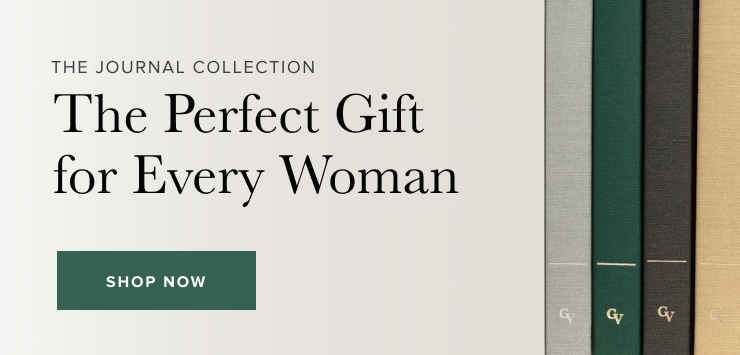
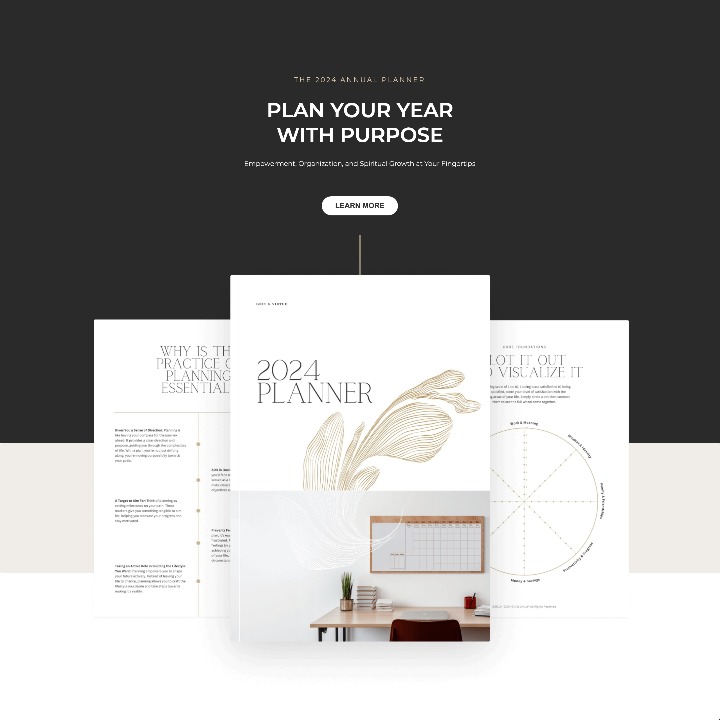


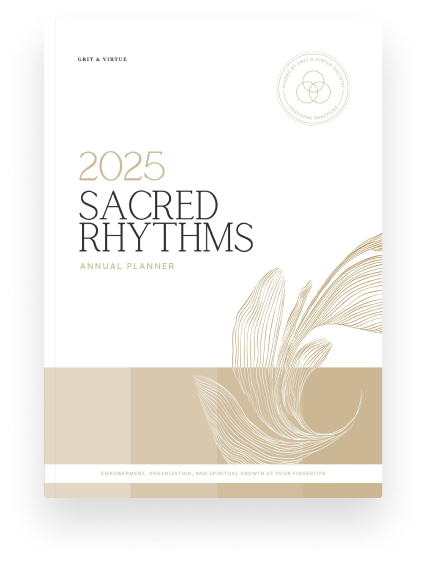



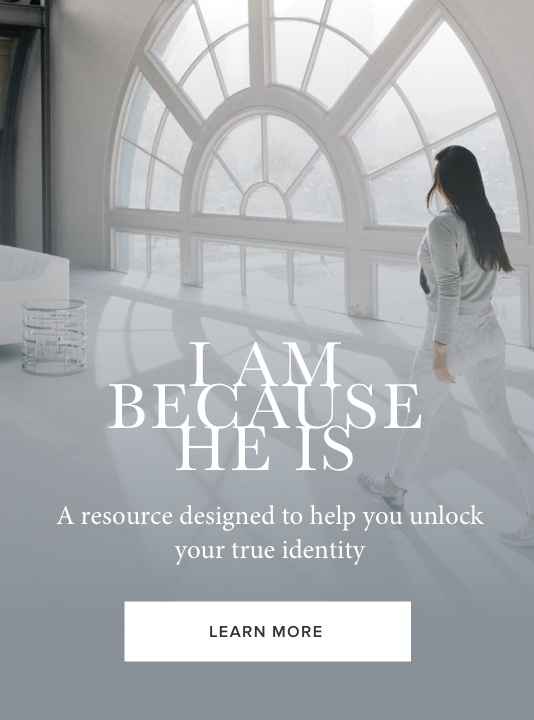
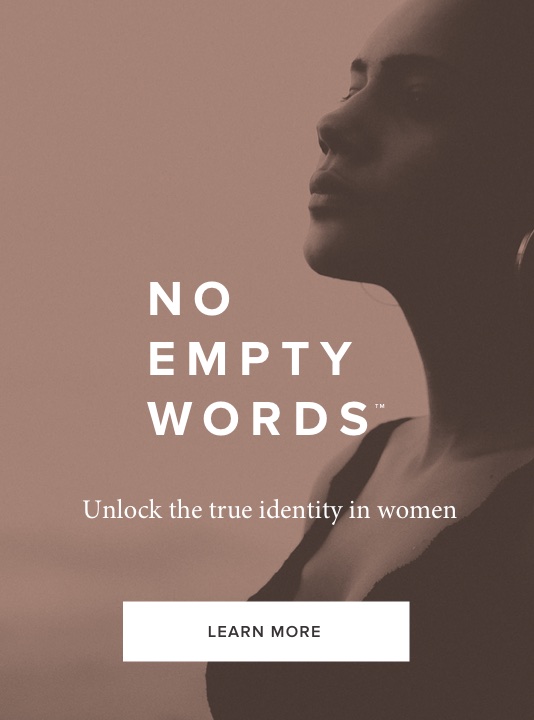


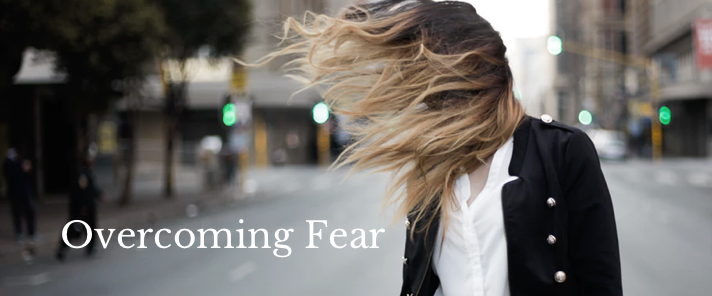
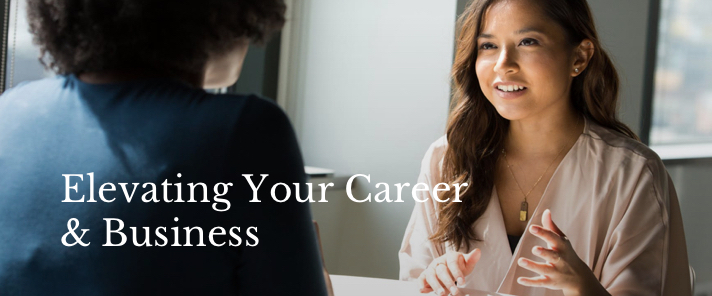
I’m in a season of stillness and trying to find the purpose and meaning in it. My heart desperately needed to hear these words. I’ve been searching for them. Thank you so much for writing them.
Thanks a lot for this message the timing couldn’t have been better.
Recently graduated from law school and I’ve been putting myself under so much pressure to proof my worth.